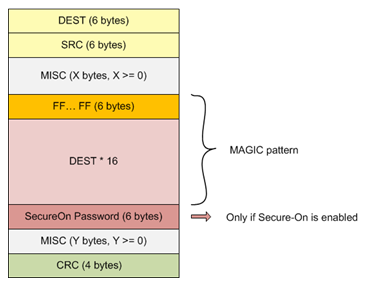SSZTAM3 november 2016 DP83822H , DP83822HF , DP83822I , DP83822IF , DP83825I , DP83867CR , DP83867IR
“Why is Ethernet so power-hungry?” is a common question. A typical active power 10/100 Mbps Ethernet physical layer (PHY) transceiver consumes 110mW to over 300mW, while a 10/100/1000Mbps Gigabit Ethernet PHY consumes 450mW to over 1,000mW of power. It’s not uncommon for an Ethernet PHY to be one of the single largest consumers of power on a board, and to be a significant factor when evaluating the heat budget of an enclosed system. There are various low-power modes conceptualized for Ethernet that reduce overall system power. In this post, I’ll discuss two popular power-saving features that enable cooler systems and lower power costs.
Energy-efficient Ethernet
 Figure 1 EEE State Flow
Figure 1 EEE State FlowEEE mode appears transparent to higher layers, as the MAC signals for the PHY exit the EEE state when data is present to transmit. The PHY will exit low-power mode and transmit idle code groups to bring the far-end device out of low power.
For more detailed information about EEE, see the application note, “DP83822 Energy Efficient Ethernet IEEE 802.3az.”
Wake-on-lan
Figure 2 shows a magic pattern scheme for which the Ethernet PHY will monitor ingress packets before signaling a wake up.
 Figure 2 WoL Magic Packet
Example
Figure 2 WoL Magic Packet
ExampleNow that you know of two different ways to save power using the Ethernet PHY, which scheme do you plan to implement within your system? Log in to leave a comment, or join the TI E2E™ Community Ethernet forum.
Additional Resources
- Learn more about two of the industry’s lowest-power 10/100 Ethernet PHYs, the DP83822I and the DP83825I.
- Check out the DP83867IR Gigabit Ethernet PHY.
- View TI’s entire Ethernet portfolio.
- Read the application note, “DP83822 Low Power Modes.”
- Start your design with EMI/EMC Compliant 10/100 Mbps Ethernet Brick with Fiber or Twisted Pair Interface Reference Design.